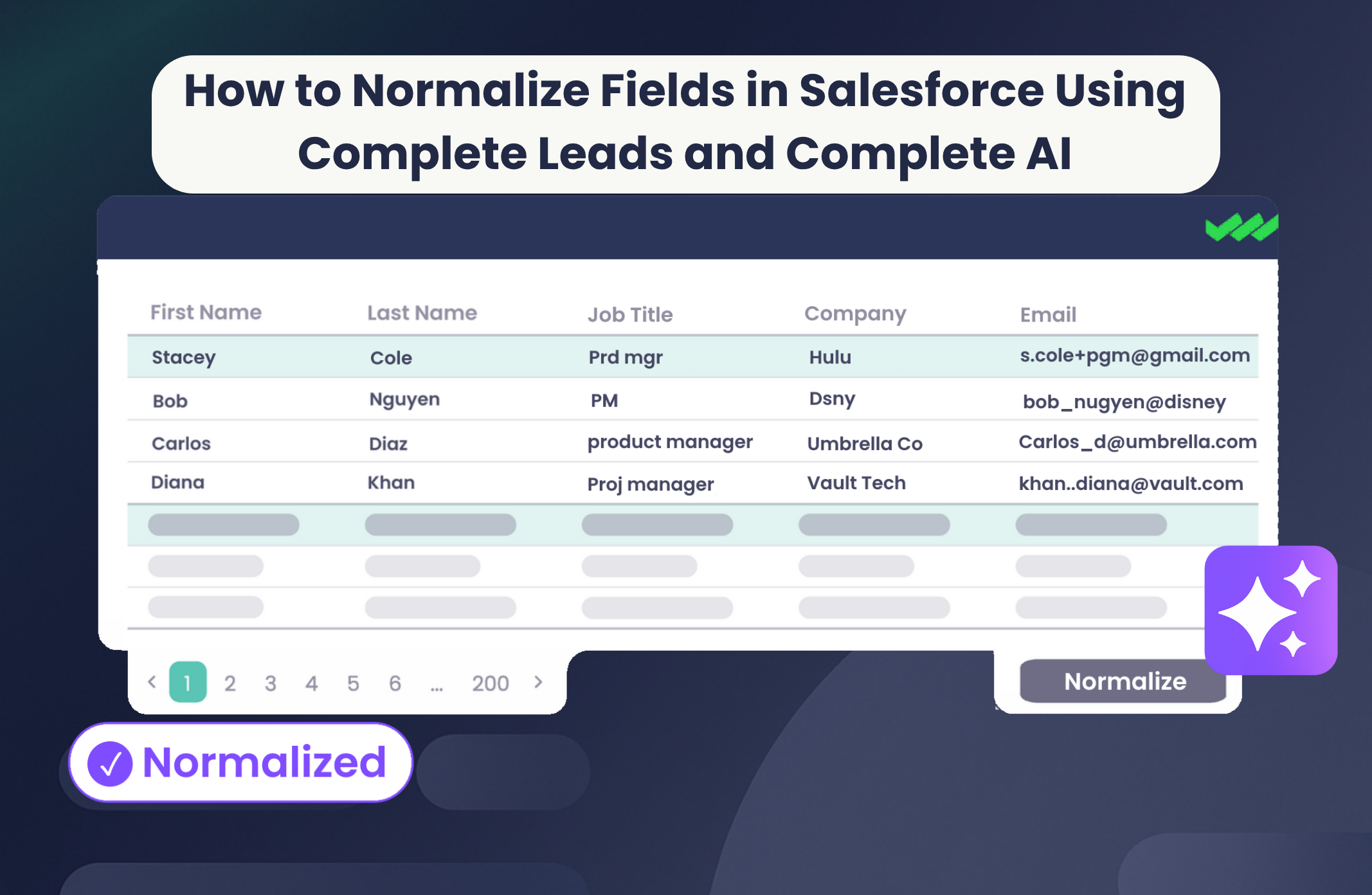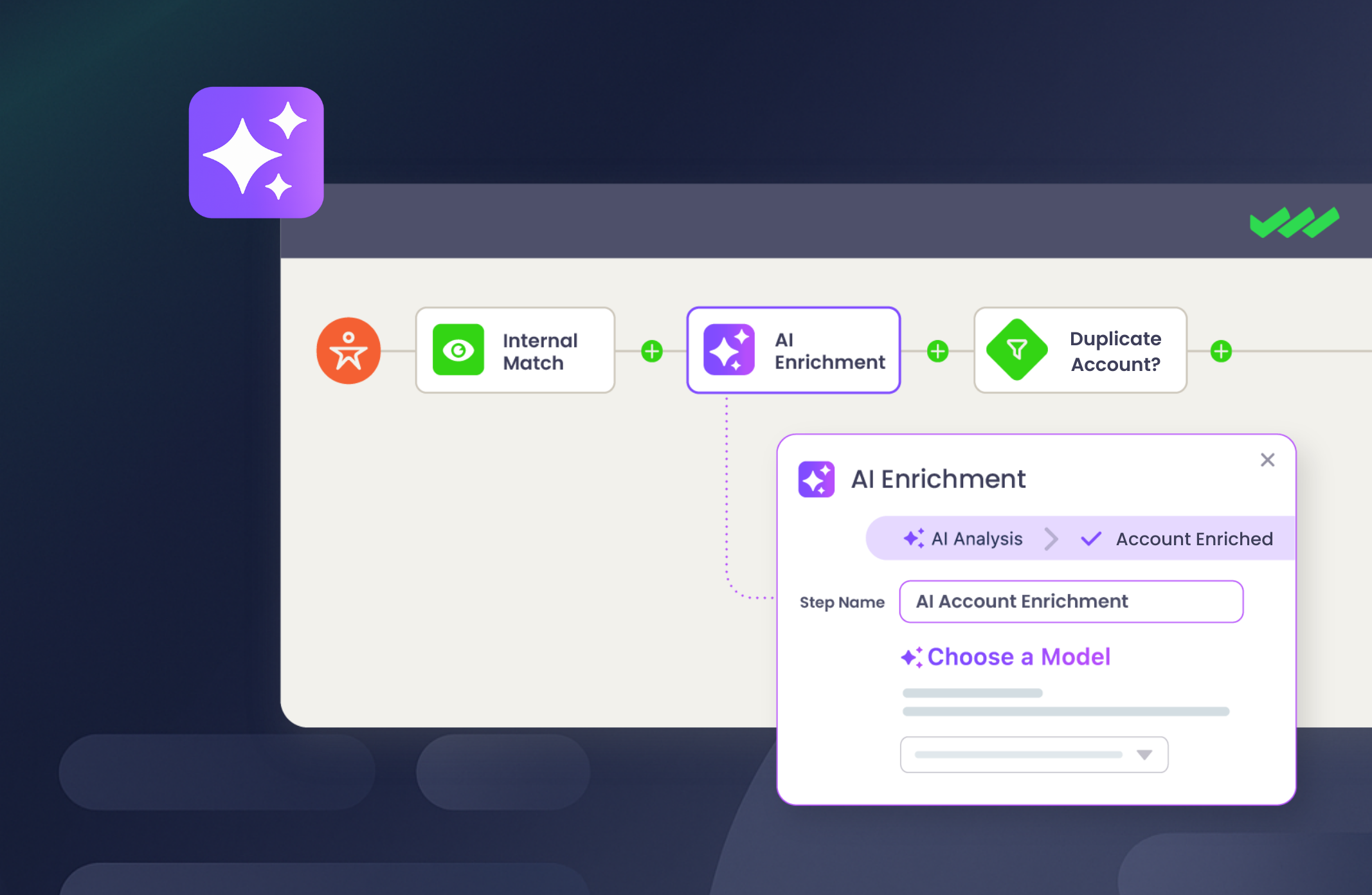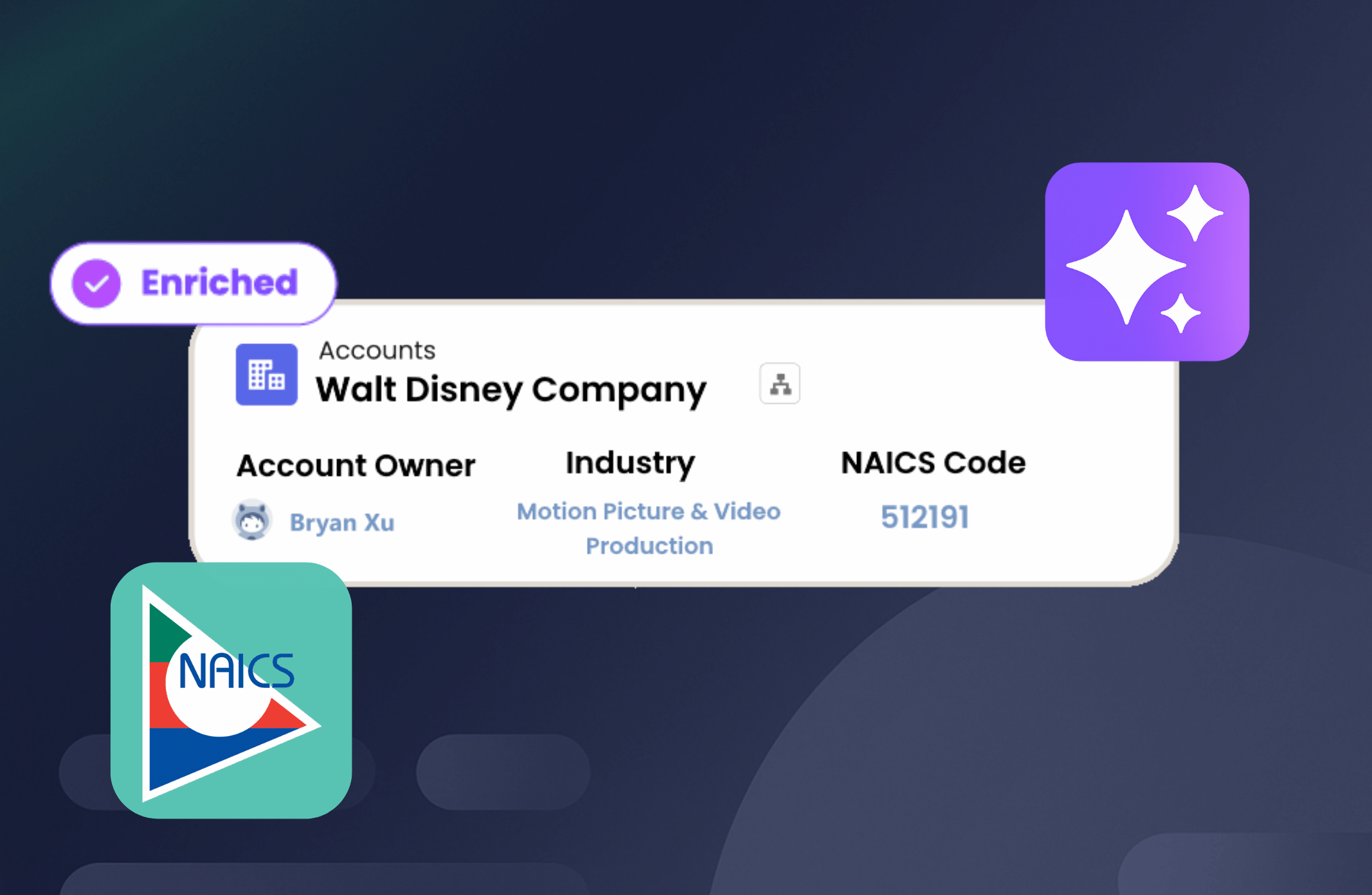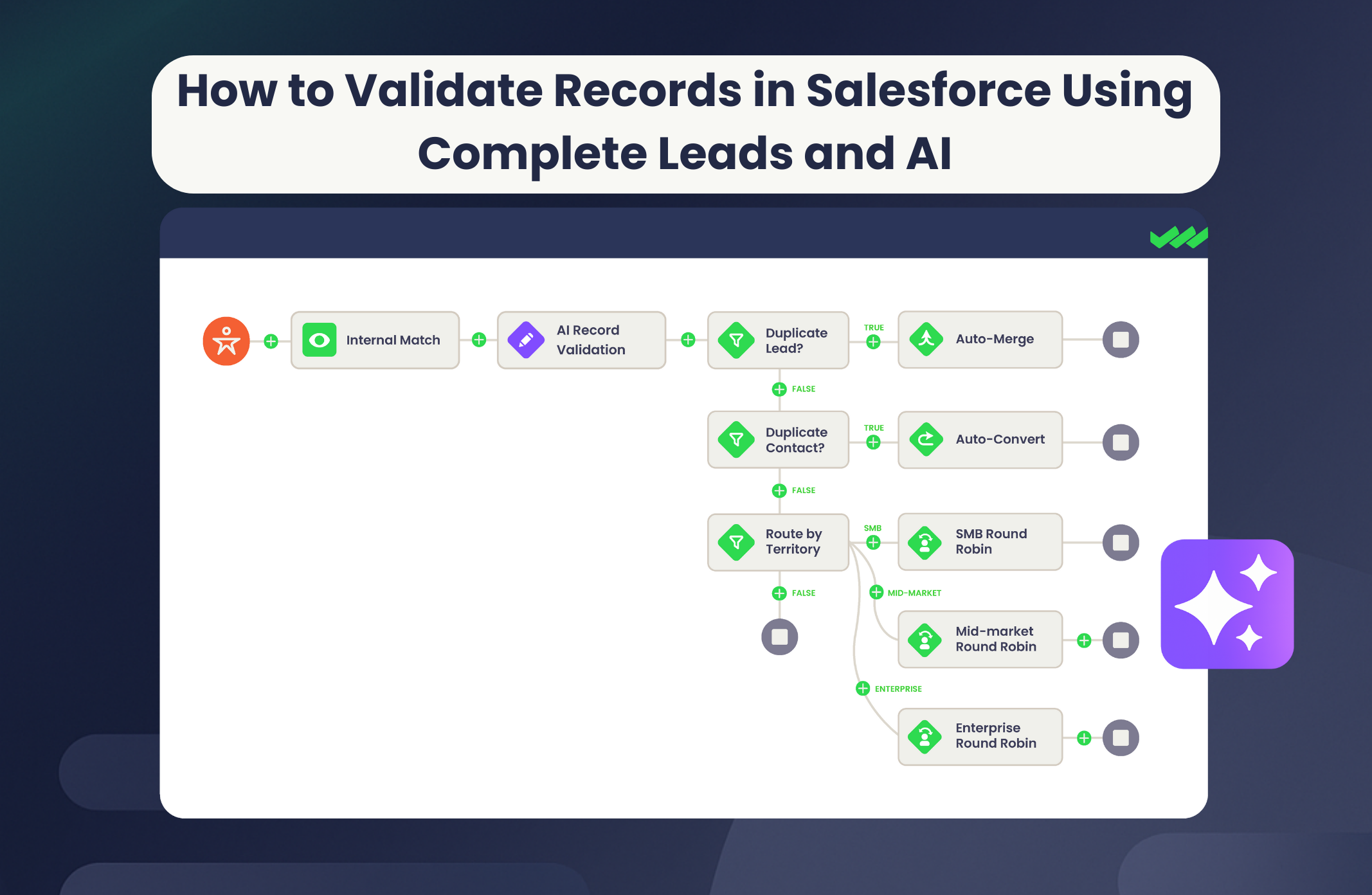Ever wish you could get a glimpse into the CRMs of other marketing operations leaders?
Three marketing ops experts from leading companies like Cisco, Coveo, and Union Square Consulting have shared their go-to lead routing plays with us.

3 Lead Routing Plays from Marketing Operations Experts
1. Improve campaign attribution with Opportunity Contact Role automation
The majority of marketing operations teams struggle with attribution.
That’s why George Samaras, Director of Marketing Operations and Technology at Coveo, wanted to build a smarter way to automate and improve his company’s campaign attribution.

One of the main reasons that pipeline isn’t properly attributed is that the Opportunity Contact Role isn’t filled out — not only is it a manual process, but it often doesn’t reflect the entire buying group.
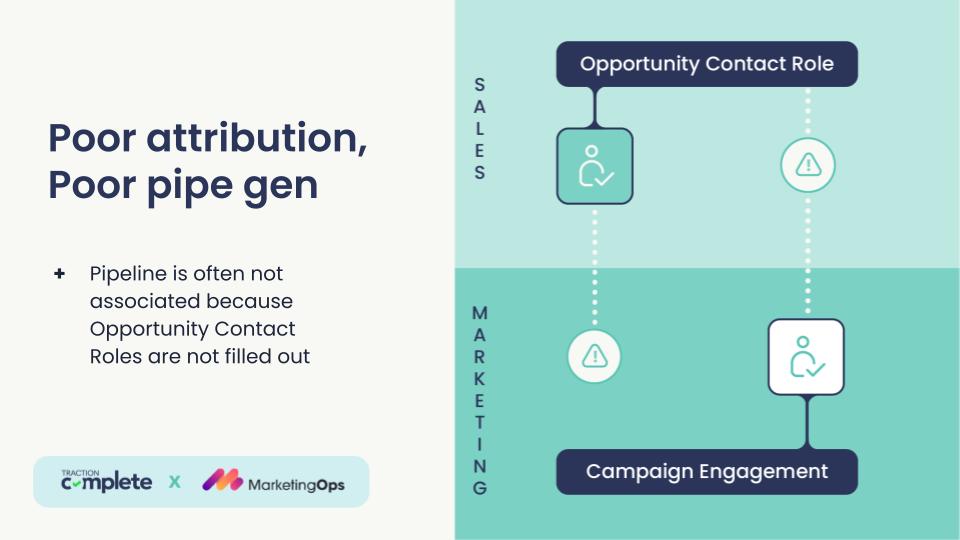
Sales reps often don’t add every person who belongs to that buying group and marketing teams may add too many or not enough people. Either way, you don’t have an accurate reflection of the buying group at the opportunity level, as well as the campaign responses that are associated with them.
So, when looking for better attribution, what should you do?
Build a strong product taxonomy.
Begin by tagging content and marketing touchpoints with the different lines of businesses (products) your company offers.
If you have an open opportunity for product A, you want to make sure that the contacts associated with the opportunity are people who interact with that same product. You accomplish this by having the sales rep add that information manually or using the attribution data to prove it.
Pro Tip: Don’t leave attribution on the table. Learn how to automate the Opportunity Contact Role Field in Salesforce to level up your insights.
Next, use lead-to-account matching.
Build a flow that matches incoming leads to accounts. Then, if both the lead and the account are tagged under the same product, that person will automatically be added to the opportunity, along with their campaign responses.
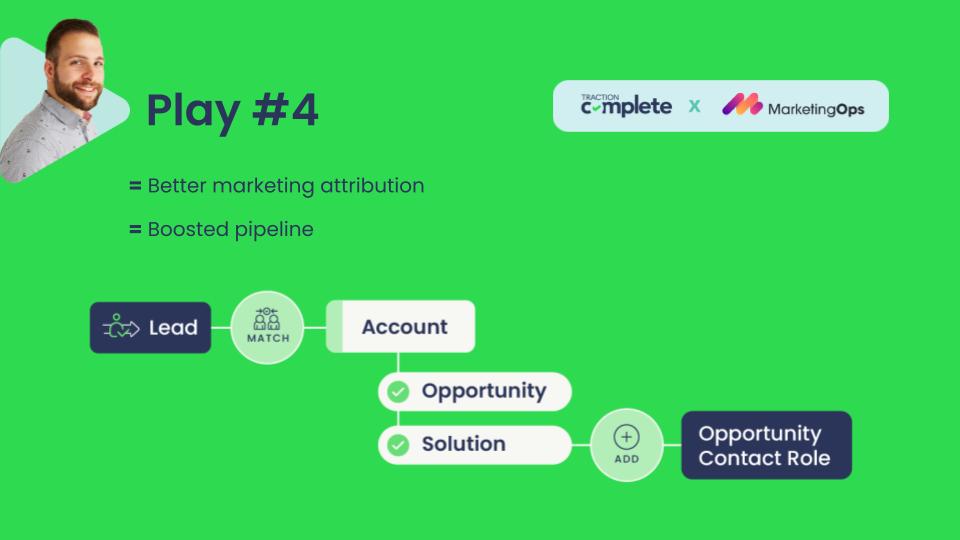
Use UTMs that align with product taxonomy.
At the campaign member level, George also uses UTMs to see channel information, which allows marketing operations to understand where a person came from, what they interacted with, and when.
This makes it easier for marketing operations to look at campaigns in Salesforce and tell which channels and campaigns are working the best, even by different products. On top of better marketing attribution, this also will dramatically boost pipeline.
2. Track ABM target accounts with qualified conversion
Measuring and getting granular with results is one of the biggest challenges around account-based marketing.

Mallory Lee, SVP of Revenue Operations Strategy at Union Square Consulting, found that her customers struggled to measure the results around their ABM efforts. They didn’t have a way of knowing which of their target contacts had seen an account-based ad unless they came to the website and completed a form.
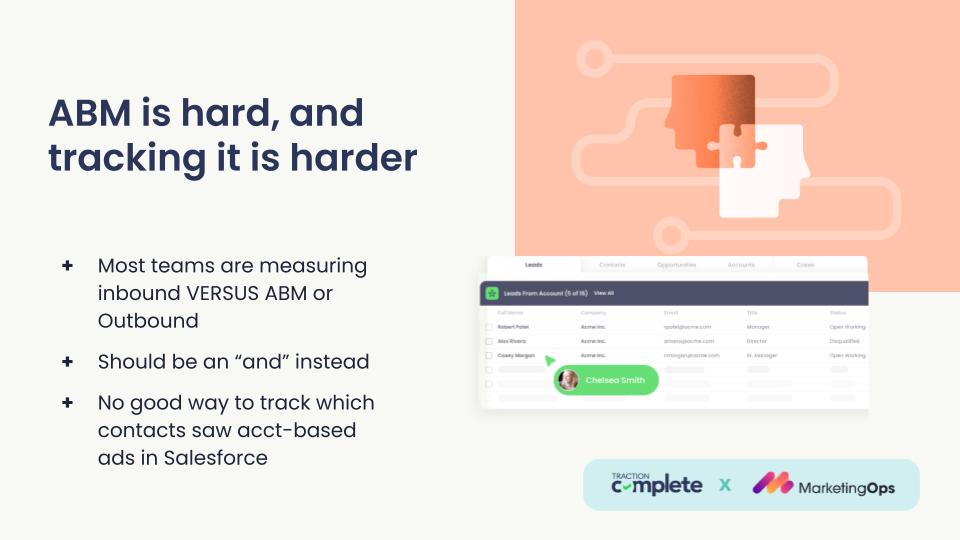
Implement qualified conversion.
Qualified conversion is a way of blending inbound and outbound, as well as inbound and ABM. Instead of putting these different sources against each other, qualified conversion measures the point at which they intersect.
The best practice for companies is to take a lead, match it to an account, convert it, and route it to the account owner.
Update the lead status before conversion takes place.
You can take that process to the next level by updating the lead status before conversion takes place – that way you can see exactly when and why it got converted. Any lead that comes in and matches to a target account will receive a qualified conversion status before it’s routed to the account owner.
Doing this measures how many incoming leads are connected to target accounts. The more detailed you get in that conversion status, the better feedback loop you’ll also have for your marketing and sales team.
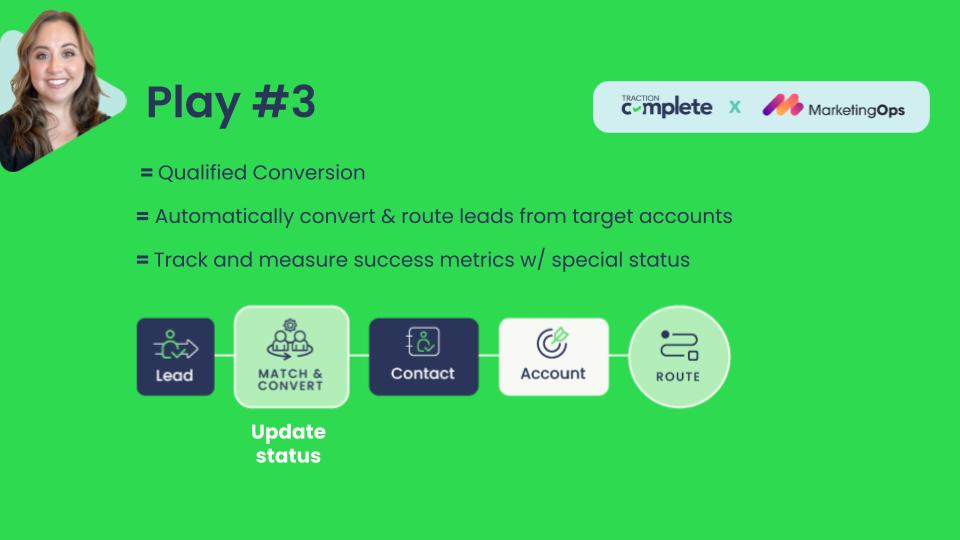
Additionally, if your sales and marketing teams are running ads and outbound efforts to target accounts, if those leads come inbound, you can still assume that those ABM efforts are reaching the right people.
3. Leverage dynamic territory reassignment with custom territory objects
We know, we know – territory reassignment? That’s typically owned by Sales Operations.
But as a Marketing Ops leader, this causes you pain when changes need to be made and can’t be done on the fly. Not to mention, when things are done manually, rep alignments aren’t always updated accordingly and leads risk being misrouted.

Cameron Barnes, Senior Manager of Marketing Operations at Cisco found that during territory reassignment, there were too many records to keep track of in an already complicated system. By the time accounts were uploaded and run through an assignment tool, there would be another request for a change in territories.
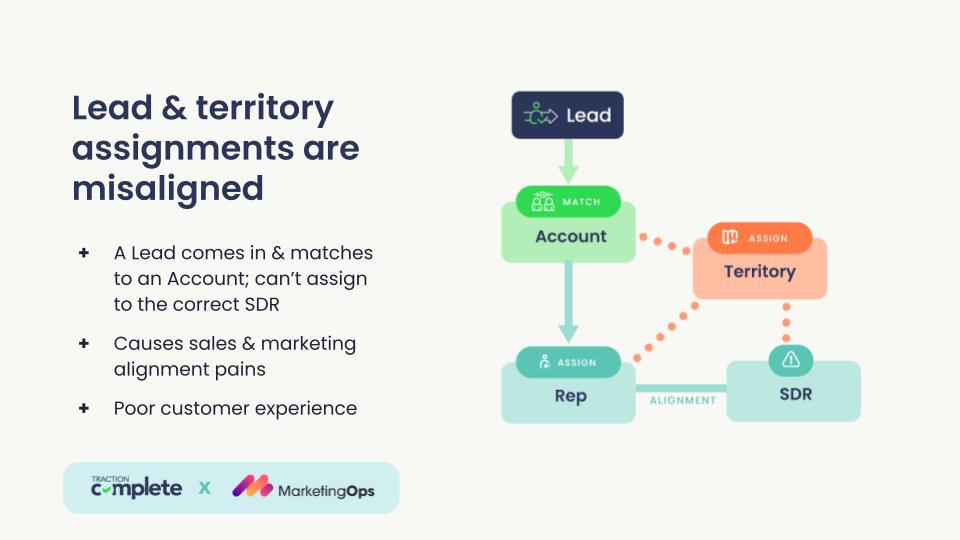
Cisco uses an in-house, six-tier nest territory structure. That sixth tier is incredibly granular with over 17,000 accounts. He needed to get out of spreadsheets and find a smarter way to manage accounts.
Group territories together with a Complete Company ID
Using the Complete Company ID to group territories allowed him to create a source of truth that lived inside the CRM. Doing so allows users to group accounts by:
- Target market
- Total addressable market (TAM)
- Ideal Customer Profile (ICP)
- Tier (enterprise, mid-market, SMB)
- Hierarchy data
- Industries
- Products
- Scoring
Automate & manage the assignment of accounts and leads to users.
Paired with Complete automation, Cameron could also automatically reassign territories and related objects within moments – plus, sales managers could access territory groups and assignment rules to make updates when needed.
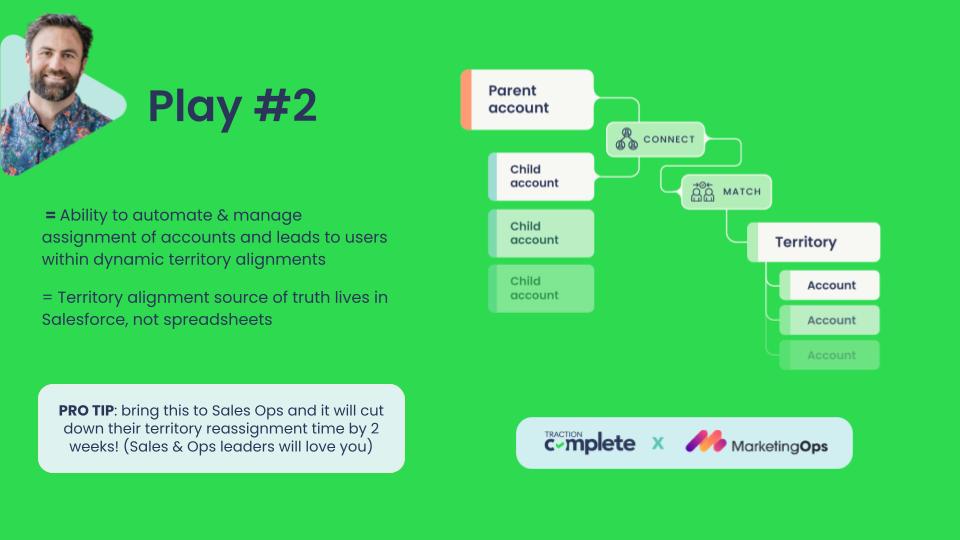
“It used to take weeks to get our records run through a reassignment process,” Cameron explained. “This brought us down to day-of assignment system-wide.”
As a result, Cisco’s marketing and sales teams were given a level of control over territories that they had never had before. On top of that, the ability to quickly reassign territories and accounts was a huge benefit to the marketing operations and sales operations teams.
Conclusion
Want more lead routing strategies and tactics that marketing operations leaders are using to boost pipeline?
You can download our newest playbook filled with even more plays:
- Levelling up your round robin
- Contact routing
- Trigger-based routing and lead scoring
- Availability-based routing and response timers
- Fallback and pause step routing

Ready to take your lead routing to the next level?
Look inside the CRM of marketing operations experts and learn five lead routing strategies that leaders are using to boost their pipeline.
Get the tactics to improve pipeline, speed-to-lead, and the lead handoff process between marketing and sales.
Download the guide and learn more about what Complete Leads can do for you.

